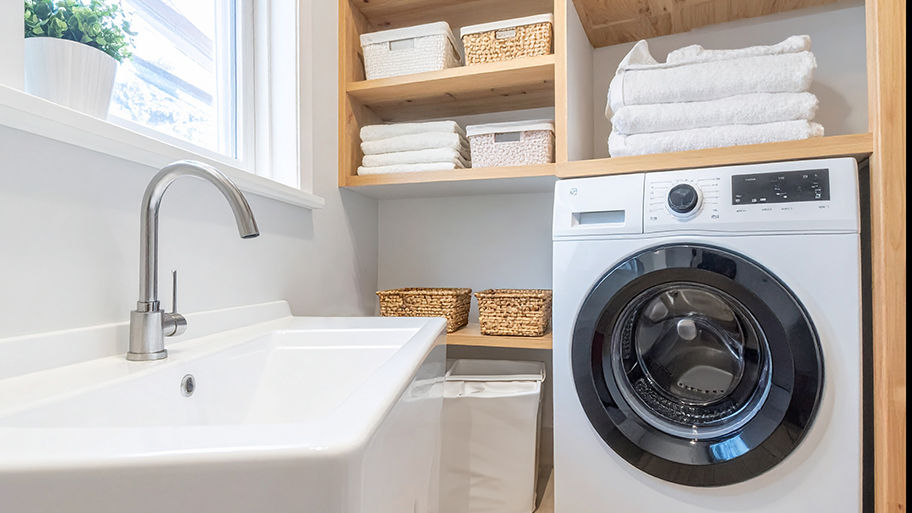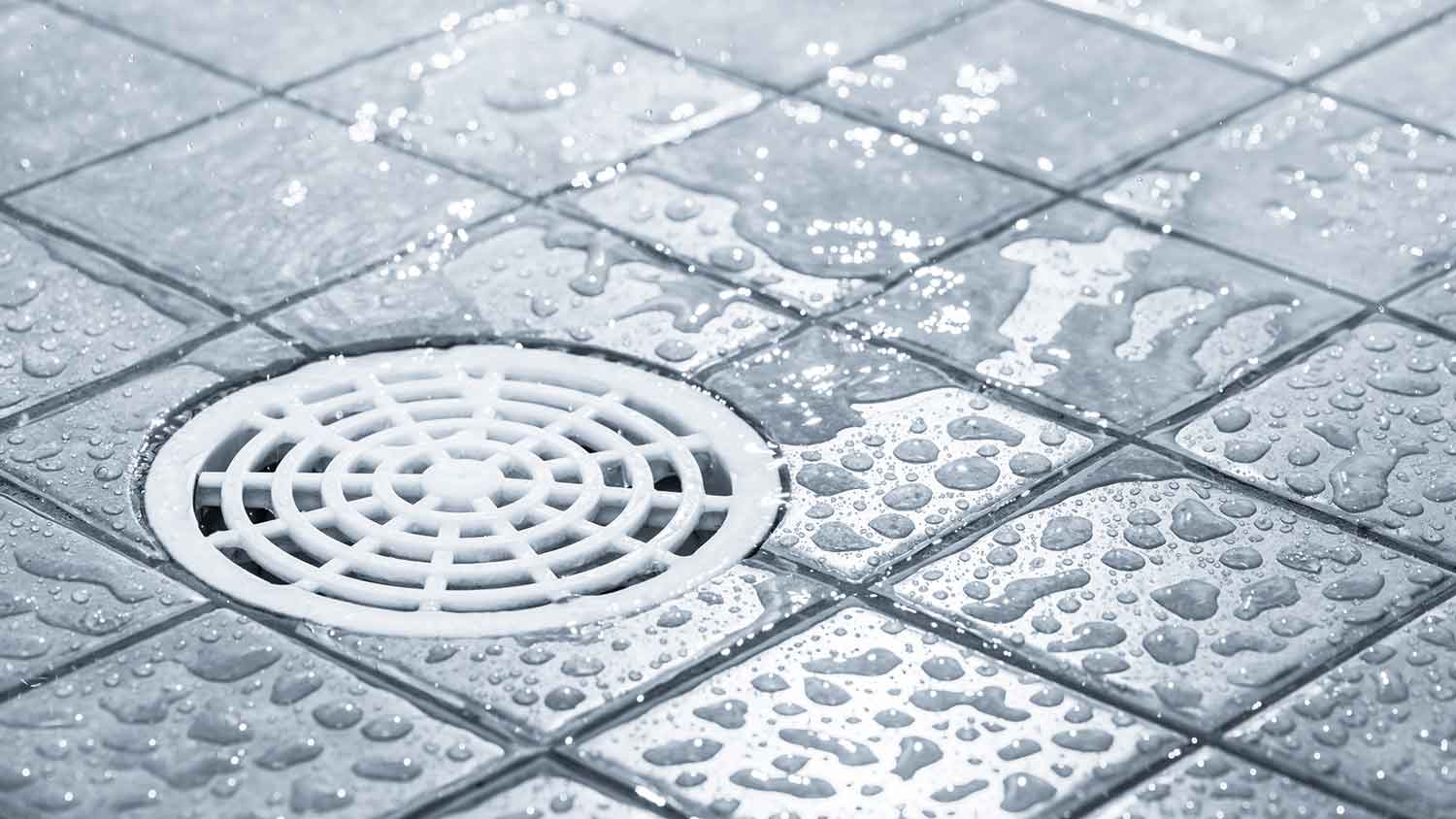
The costs for common plumbing issues are determined based on parts, labor, and expertise level. Read our guide to find out how much you should budget.
Keep your septic system running smoothly


If your house relies on a septic tank to collect and treat wastewater, it’s important to know the maintenance needed to keep the system working properly. Regular upkeep not only prevents septic issues from occurring—something no homeowner wants to deal with—but it extends the septic system's lifespan, saves money on repairs, protects the land around your house, and even keeps you safe from various health hazards. We created a thorough septic tank maintenance checklist to help you out.
Most of the maintenance tasks below don’t require tools or supplies. Supplies are mostly needed for inspections, cleanings, or repairs, for which you’d hire a septic service technician. Here’s what you’ll need if you do any DIY work:
Gloves
Mask
Safety glasses and other PPE
Flashlight or headlamp
Muck rake
Pry bar or manhole hook
Pressure washer
Inspection stick
Wet/dry vacuum

Septic tank maintenance is typically a hands-off process that takes minimal effort. A few tasks require professional assistance, but they only need to be done once a year, or even less frequently.
Don’t pour oil or grease down the kitchen sink drain.
Scrape food scraps into the trash instead of the drain.
Use a sink strainer to catch solids.
Only flush waste and toilet paper down the toilet. Flushing anything else, like hygiene products, paper products, and even disposable wipes labeled as “flushable,” can cause blockages and damage the septic system.
Use bleach and drain cleaners as infrequently as possible. Overuse can kill vital bacteria inside the septic tank.
Reduce water usage to avoid overloading the septic tank and the leach field or drain field.
Fix leaky faucets, toilets, and showerheads.
Limit the loads of laundry you wash in a day to one or two loads.
Purchase appliances that conserve water, like low-flow showerheads, dual-flush toilets, and high-efficiency washers.
Never pour paint down a drain or rinse paint brushes in a sink.
Limit how often you use the garbage disposal, as it sends fats, oils, and solids into the septic tank.
Avoid washing hair down the sink or shower drain.
Avoid driving or parking on the drain field, especially with heavy vehicles or farm equipment. The weight of the vehicles can reduce the soil’s absorbability and damage the septic system underneath.
Avoid planting trees in the drain field. Tree roots can damage and clog underground drain lines.

Pump the septic tank every three to five years. Pumping may be required more frequently if you have a small septic tank or use more water than the average household.
Hire a professional to inspect your septic tank every two to five years.
If you notice signs of an immediate septic tank issue, schedule an inspection right away.
Clean the baffle filters every one or two years. This leads to proper drainage and prevents solid waste from entering the drain field.
Replace the septic tank when it nears the end of its lifespan, about 20 to 40 years depending on the level of maintenance.
Replace the septic tank if it’s suffered irreparable damage or if the repairs are less cost-effective than a replacement.
Keep a record of major septic tank services or repairs so you know when they need to be done again.
The cost to hire a septic professional varies widely based on the type of service. A basic septic tank inspection costs $550 on average, but the price can vary between $200 and $900, especially if it’s a detailed or camera inspection.
The average cost to pump a septic tank is $425. However, depending on the size and condition of the tank and your location, this price can range from $200 to $1,250. Septic tank repairs have a particularly wide price variance, but average $1,830. Minor repairs, often related to the baffles, pump, or lid, start at $150. Major repairs, such as fixing a septic line, can cost up to $4,200. If you need to replace your septic tank, expect to pay between $3,610 and $12,400.
We recommend hiring a professional instead of attempting DIY work on a septic tank. There are major risks associated with working on a septic tank without specialized knowledge. A layperson may miss key warning signs of future septic issues, and one mishap can cause serious leaks, clogs, and exposure to harmful gases and bacteria. Fixing these mistakes is often more expensive than hiring a professional for the original work.
From average costs to expert advice, get all the answers you need to get your job done.

The costs for common plumbing issues are determined based on parts, labor, and expertise level. Read our guide to find out how much you should budget.

The cost to add plumbing to a detached garage depends on several factors, including the type of plumbing and the garage's distance from your home.

A main water shut-off valve controls water flow for your entire home. Here we break down the cost to replace a main water shut-off valve.

Why is sewage coming up in your shower? Learn how to identify the underlying issue, what to do about it, and when to call a pro.

Low-flow toilet problems include frequently clogging and higher installation costs, but these toilets also conserve water and reduce water bills.

If you're DIYing your shower drain installation, there are several details to remember, including whether a shower drain needs a P-trap. Find out more in this guide.